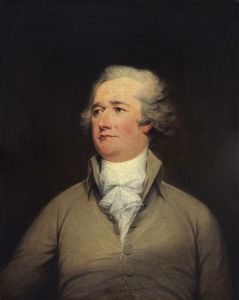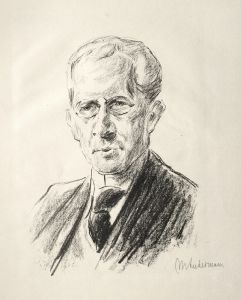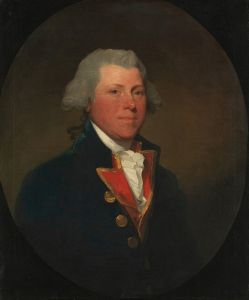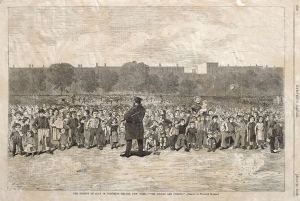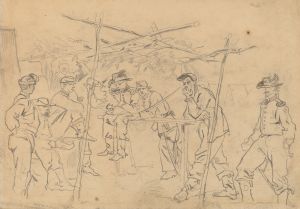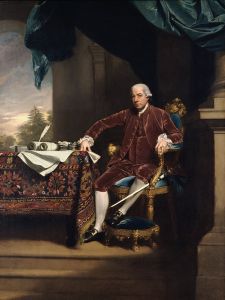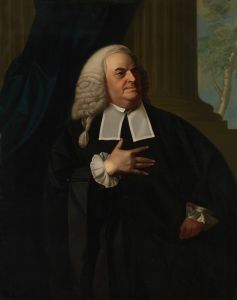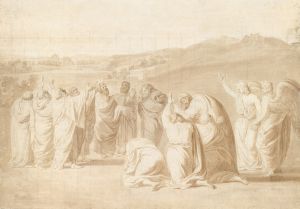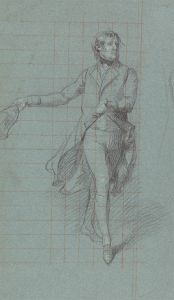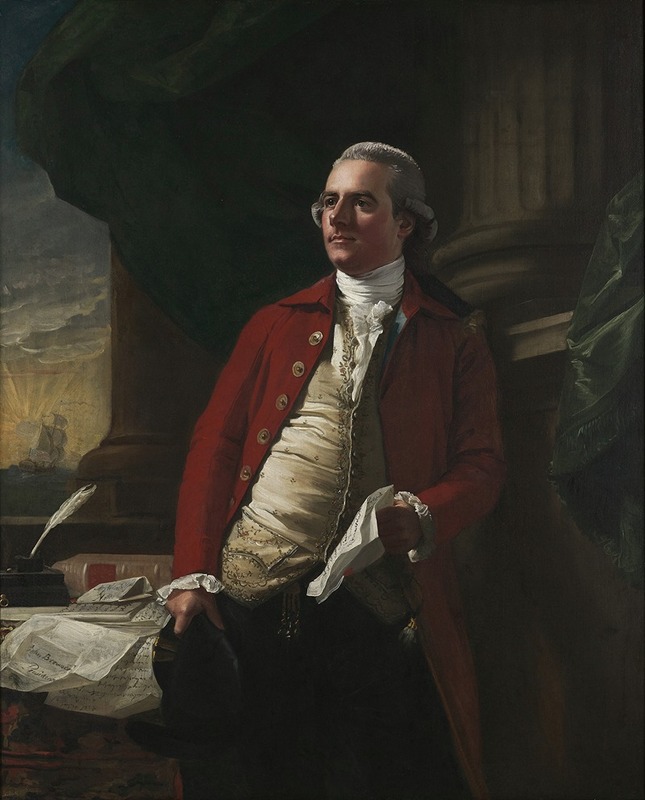
Elkanah Watson
A hand-painted replica of John Singleton Copley’s masterpiece Elkanah Watson, meticulously crafted by professional artists to capture the true essence of the original. Each piece is created with museum-quality canvas and rare mineral pigments, carefully painted by experienced artists with delicate brushstrokes and rich, layered colors to perfectly recreate the texture of the original artwork. Unlike machine-printed reproductions, this hand-painted version brings the painting to life, infused with the artist’s emotions and skill in every stroke. Whether for personal collection or home decoration, it instantly elevates the artistic atmosphere of any space.
Elkanah Watson by John Singleton Copley is a notable portrait painting created in 1782. The artwork features Elkanah Watson, an American businessman, traveler, and writer, who was an influential figure in the late 18th and early 19th centuries. This portrait is a significant example of Copley's work during his time in England, where he had moved in 1774 to further his career as a portrait artist.
John Singleton Copley was an American-born painter renowned for his portraits of important figures in colonial New England. His work is characterized by its attention to detail and ability to capture the personality and status of his subjects. After relocating to London, Copley continued to refine his style, incorporating European influences into his work, which can be seen in the portrait of Elkanah Watson.
The painting of Elkanah Watson is particularly interesting because it captures a moment of personal and historical significance. Watson is depicted holding a walking stick and standing in front of a landscape that includes a canal, symbolizing his involvement in the promotion of canal building in the United States. This detail reflects Watson's interest in infrastructure development, which he believed was crucial for the economic growth of the young nation. His advocacy for canals was part of a broader vision for improving transportation and trade routes in America.
Copley's portrait of Watson is also notable for its composition and use of color. The artist employs a naturalistic style, with a focus on realistic representation and a subtle use of light and shadow to give depth to the figure. The background landscape is painted with a softer focus, which helps to emphasize Watson as the central subject of the work. The choice of attire and the inclusion of specific elements, such as the canal, are deliberate choices by Copley to convey Watson's character and achievements.
Elkanah Watson himself was a fascinating figure. Born in 1758 in Plymouth, Massachusetts, he became a successful merchant and traveled extensively in Europe. His experiences abroad influenced his ideas about economic development and infrastructure. Upon returning to the United States, Watson became involved in various projects, including the promotion of agricultural societies and the establishment of the first state fair in New York. His contributions to the development of canals, particularly the Erie Canal, were significant, and he is often credited with helping to lay the groundwork for this transformative project.
The portrait of Elkanah Watson by John Singleton Copley remains an important piece of American art history. It not only showcases the skill of one of the most prominent artists of the time but also provides insight into the life and aspirations of an influential American figure. The painting is housed in the National Gallery of Art in Washington, D.C., where it continues to be appreciated by art enthusiasts and historians alike for its artistic merit and historical significance.





